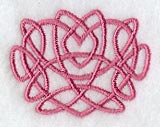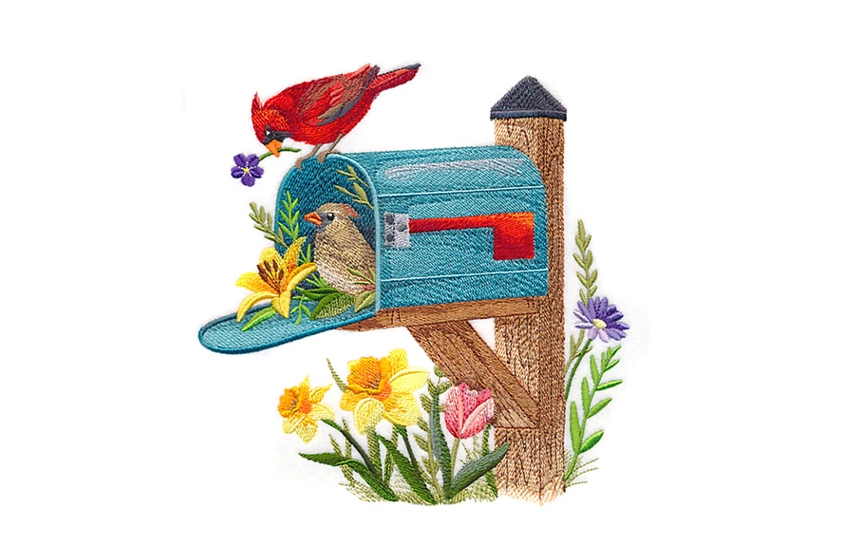Designs Used
Tulle netting is a favorite choice for special projects from wedding dresses and veils to ballet tutus because of its light, airy look. Unfortunately, this also means it has more holes than fibers. Can you embroider on it? We were skeptical. So, of course, we had to give it a try. The resulting embroidery turned out better than we expected -- but it'll take some careful design selection to make it work. Read on to learn what we found!
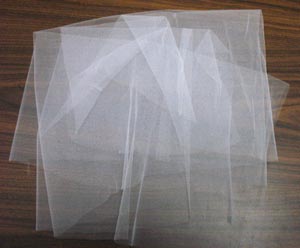
Choosing Your Materials
FABRIC: Embroider tulle with the smallest holes you can find. The smaller the gaps between threads, the better the framework will be to support the embroidery.
DESIGN: Choose designs that are light, but use solid stitch fills instead of running stitch. Avoid designs with lots of running-stitch detail, such as A Lot Like Lace or toile designs, because the finely detailed stitches will not stay where they're supposed to in "holey" tulle, and the picture will get fuzzy. On the other hand, avoid designs with large stitch-filled areas -- their heaviness will keep the tulle fabric from draping nicely. We chose a Celtic bridal accent that fit these guidelines nicely.
NEEDLE: Use a 75/11 sharp needle - that's what we recommend for most embroidery jobs.
STABILIZER: Use a heavy water-soluble stabilizer, attached to the back of your tulle with a bit of temporary spray adhesive. This will provide a firmer surface for the machine to stitch on, and keep the weak tulle from shifting around.
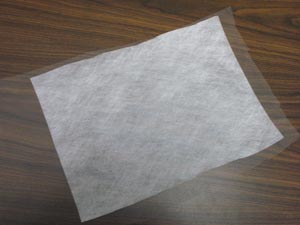
Embroidering on Tulle
HOOPING: Mark the placement of your design. Spray a piece of heavy water-soluble stabilizer with a bit of temporary spray adhesive, and smooth the tulle on top. Hoop the two layers together firmly.
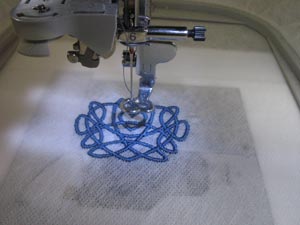
Embroider the design.
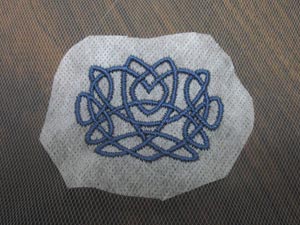
FINISHING: Trim the water-soluble stabilizer close to the embroidery, being careful not to cut the tulle. Soak the fabric according to the stabilizer manufacturer's instructions to remove the remaining water-soluble stabilizer.
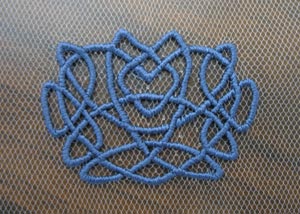
Your tulle embroidery is done! Treat the embroidered fabric with care -- tulle is weak in the first place, and embroidery will pull on the fabric and strain it further. Fortunately, tulle is usually used for special occasions, so it's unlikely to be subjected to everyday wear and tear.
Some embroiderers stitch a design on tulle, then trim away all the excess fabric to make a freestanding design to hang as an ornament or attach to un-hoopable fabrics. Give it a try and see how you like it!
